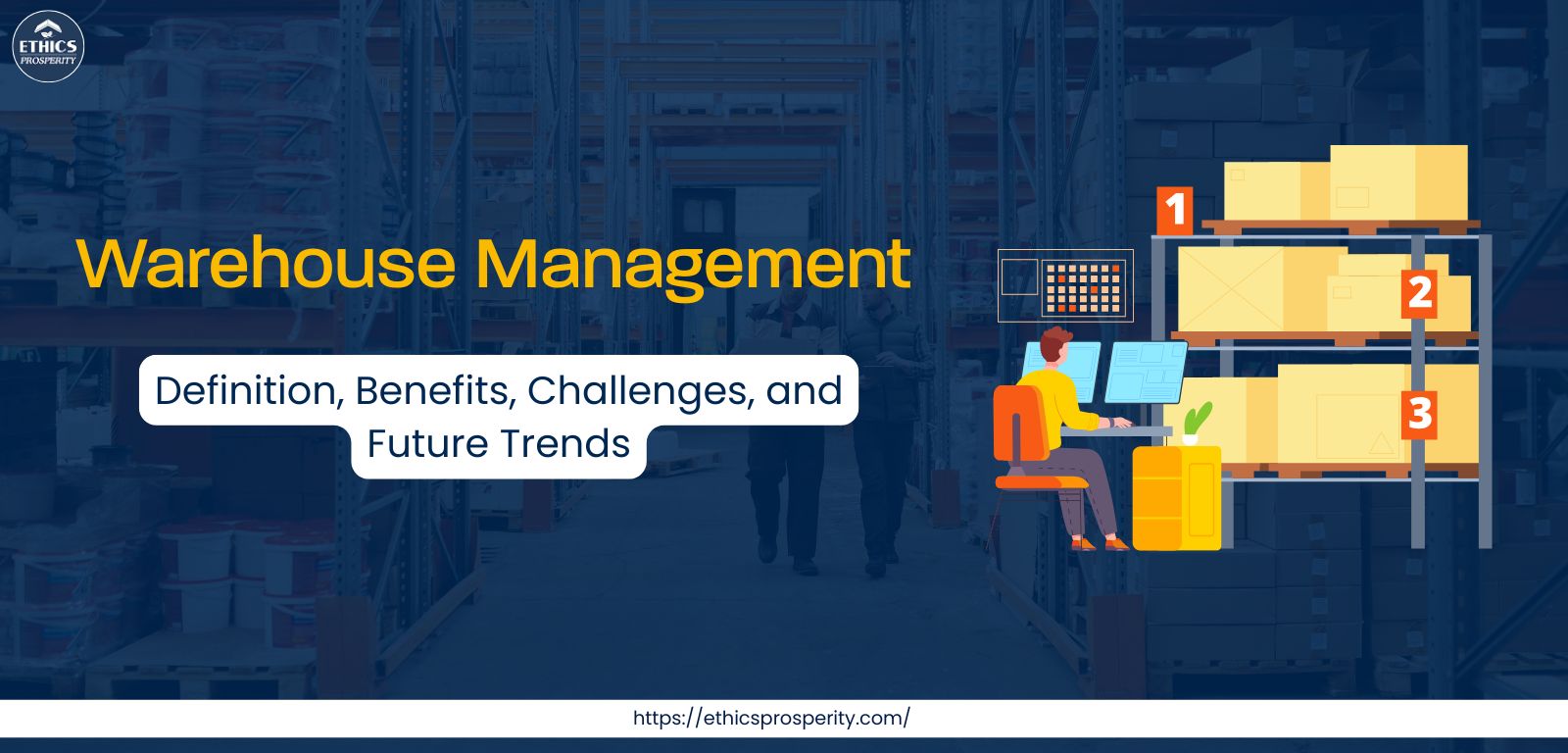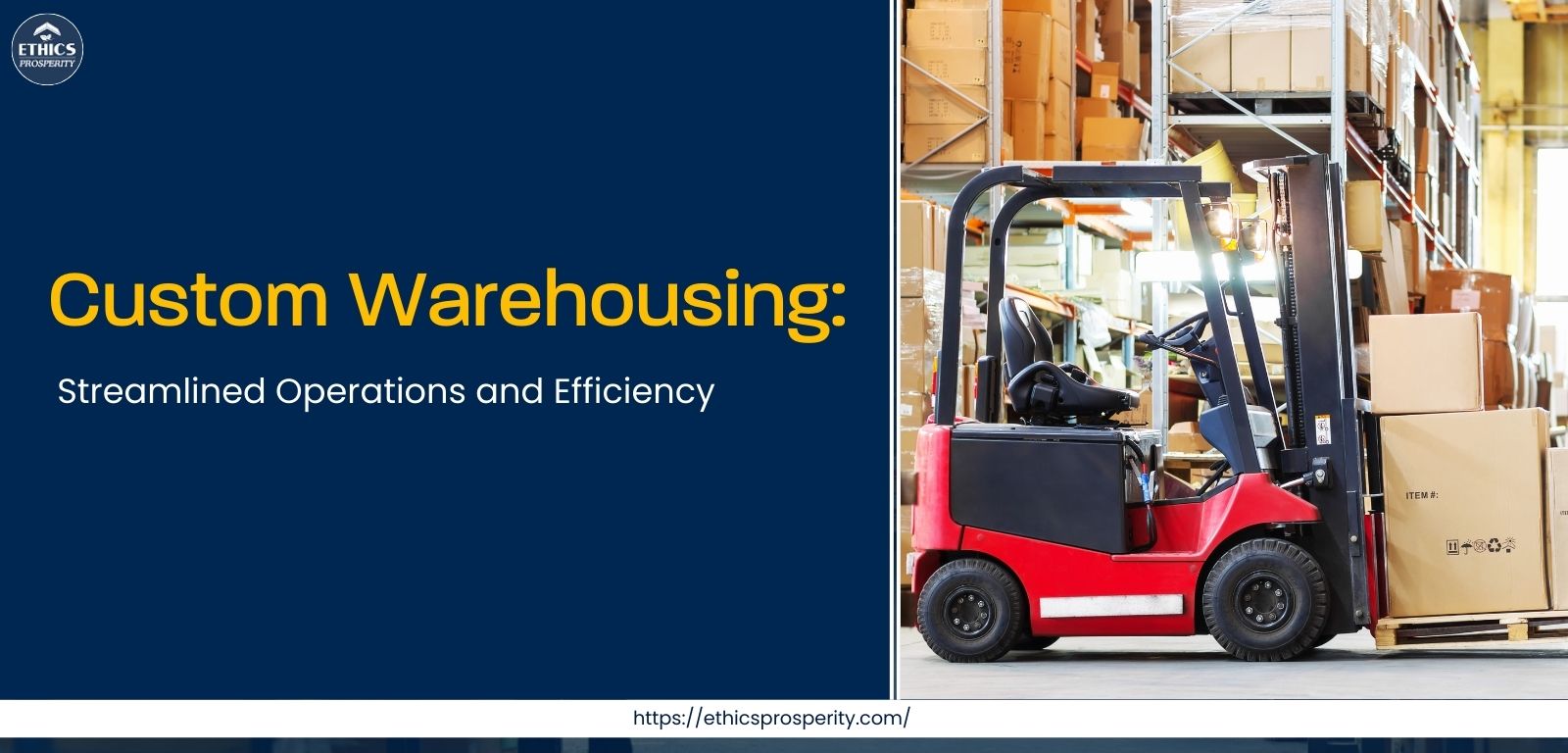After four decades in the trenches of global commerce, I can tell you this: the warehouse is no longer a cost center; it is the beating heart of the modern enterprise. In today's volatile, uncertain, complex, and ambiguous (VUCA) world, the competitive advantage is no longer just in product design, but in superior execution—and that execution begins and ends within the four walls of your distribution facility.
The exponential growth of e-commerce, amplified by the velocity demanded by Quick Commerce Companies, has fundamentally rewritten the rules of logistics. Companies are scrambling to maintain service levels while profitability erodes. This monumental shift necessitates a strategic overhaul of warehouse management (WM), integrating it seamlessly into the larger framework of End-to-End Supply Chain Management. Without precise control over inventory, labor, and space, a supply chain will inevitably stall. This guide provides an authoritative, expert-driven perspective on WM, designed for business leaders looking to convert their facilities into strategic profit drivers.
What is Warehouse Management?
Warehouse Management is the comprehensive process of organizing, controlling, and optimizing the storage, movement, and tracking of goods and materials within a warehouse or distribution center. It encompasses far more than simple storage; it is a discipline focused on maximizing the efficiency of every square foot and every second of labor.
At its core, WM orchestrates the flow of materials, from the moment goods arrive via inbound and outbound logistics (managing both sides of the movement) to the final stage of shipment.
Key functions include:
Receiving and Putaway: Efficiently verifying inbound shipments and directing them to the optimal warehouse storage solutions.
Inventory Control: Maintaining accurate counts and locations (warehouse inventory management).
Picking and Packing: Executing customer orders efficiently, converting stock into shipments.
Shipping: Staging and loading product for Last Mile delivery or transport.
Why Effective Warehouse Management Matters
When reviewing a supply chain, I often see executives confuse logistics with supply chain management. This is a crucial blunder. While logistics is the movement of goods, SCM is the strategy—the integration of processes from sourcing to consumption.
SCM vs Logistics: Effective warehouse management is the critical hinge between these two. It determines the cost and velocity of execution. Poor WM leads to:
- Bloated Costs: Inefficient picking routes, poor slotting, and excessive labor overtime unnecessarily inflate operational expenses.
- Delayed Fulfillment: The inability to find or correctly package an item directly impacts the customer experience and damages brand reputation.
- Capital Imbalance: Inaccurate inventory ties up working capital or, conversely, leads to stockouts, resulting in lost sales and expedited freight charges.
Conversely, a robust WM strategy ensures a high-velocity order fulfillment process, transforming the warehouse from a necessary evil into a genuine competitive lever that accelerates cash flow and bolsters customer satisfaction.
What is a Warehouse Management System (WMS)?
The complexity of modern distribution is impossible to manage with manual processes or basic ERP functionalities. This is where the warehouse management system (WMS) becomes indispensable. A WMS is a software application designed to support and optimize warehouse operations. It is the intelligent nerve center that translates strategic planning into tactical execution.
A world-class WMS provides:
Advanced Slotting: Using algorithms to determine the optimal location for products based on velocity, size, and packaging requirements, maximizing space efficiency and reducing travel time.
Labor Management: Tracking and directing labor activities in real-time to ensure maximum productivity and accountability.
Real-Time Inventory Visibility: Providing a single source of truth for all products, crucial for accurate warehouse inventory management across multiple channels.
Task Interleaving: Smartly directing workers to combine tasks (e.g., performing a putaway on the way back from a pick), eliminating non-value-added travel time.
Implementing a WMS is not merely an IT project; it is a business transformation project that is foundational to scaling any successful warehousing solutions provider.
Types of Warehouses in Supply Chain Management
The modern supply chain utilizes a spectrum of facilities, each tailored to a specific strategic function. Understanding these types is essential for executives designing their networks.
Distribution Centers (DCs): Focused on high throughput and rapid inventory turnover, typically supporting retail and e-commerce fulfillment.
Automated Warehouses: Utilizing high-tech solutions like Automated Storage and Retrieval Systems (AS/RS) and robotics to maximize density and throughput with minimal human labor.
Fulfillment Centers: Tailored to high-volume, small-order picking for B2C operations. The difference between Quick commerce vs e-commerce fulfillment centers often boils down to size and speed—quick commerce facilities are smaller, highly localized, and designed for near-instantaneous processing.
Custom Warehousing: A specialized facility, often located near ports or borders, used to store imported goods under bond before duties and taxes are paid. This is a crucial facility for multinational trade, offering significant cash-flow advantages by deferring tax payments until goods are needed for domestic distribution.
When looking at expanding logistics capacity in emerging markets, partnering with experienced Warehouse Companies in India is often the first, most pragmatic step, as they have the expertise to navigate these regional complexities.
Benefits of Warehouse Management
The strategic benefits of optimizing warehouse management are quantifiable and directly impact the balance sheet.
Improved Inventory Accuracy: By implementing rigorous cycle counting protocols and utilizing the real-time tracking capabilities of a WMS, businesses can achieve accuracy rates exceeding 99.5%. This proficiency in warehouse inventory management dramatically reduces financial write-offs and eliminates the costly problem of phantom inventory.
Optimized Space Utilization: With the high cost of real estate, verticality and dense storage are paramount. Effective WM strategies, guided by WMS slotting and better-designed warehouse storage solutions, can increase storage capacity by 15-25% without adding a single square foot of building space.
Enhanced Customer Service: The true measure of a supply chain is service level. An efficient order fulfillment process directly correlates to higher on-time shipping rates and lower order error rates, strengthening customer loyalty and providing a distinct competitive edge.
Agility in Reverse Logistics: As returns become an inevitable part of e-commerce, especially in fashion and electronics, efficient WM facilitates a well-defined Reverse Supply Chain. Promptly inspecting, dispositioning, and returning goods to inventory minimizes lost revenue and improves capital recovery.
Reduced Labor Costs: Labor remains the single greatest variable cost in the warehouse. Optimized picking paths, automated task assignment, and accurate labor standards derived from a WMS minimize non-productive time, reducing overall labor spend per unit by 10% or more.
Common Challenges in Warehouse Management
Even the most sophisticated operations face persistent challenges. The difference lies in anticipating and mitigating them.
Labor Volatility and Retention: Warehouse work is physically demanding. High turnover and difficulty in recruiting skilled labor (especially for complex automated systems) plague the industry. The solution involves competitive wages, better training, and implementing automation to elevate the nature of the work.
Inventory Inaccuracy: Despite technology, manual errors during receiving or picking continue to cause systemic errors. Addressing this requires continuous training, barcode or RFID verification at every touchpoint, and integrating advanced WMS features for warehouse inventory management.
Pressure of Rapid Fulfillment: The expectation of next-day or same-day delivery drives immense pressure on the Last Mile delivery infrastructure and the preceding fulfillment centers. This compression requires shifting processes from batch picking to wave picking or even automated unit picking.
Siloed Systems: A failure to integrate the WMS with the ERP and Transport Management System (TMS) leads to data latency and blunders. True End-to-End Supply Chain Management is impossible without seamless data flow.
Role of Automation in Warehouse Management
Automation is no longer an optional upgrade; it is a fundamental pillar of scalability and efficiency. My experience tells me that automation is not about replacing people; it's about replacing monotonous tasks with precision technology.
Modern automation is a spectrum:
Fixed Automation: Large-scale systems like AS/RS, conveyor systems, and sortation equipment that provide massive throughput capability but require significant capital expenditure.
Flexible Automation: Robotics, including Autonomous Mobile Robots (AMRs) and Goods-to-Person (GTP) systems. These offer scalability and lower entry cost, capable of being deployed rapidly and moved as operational needs change.
Process Automation: Advanced software that uses AI and Machine Learning to optimize processes like slotting, demand forecasting, and resource allocation. This non-physical automation is arguably the most transformative for improving warehouse management system efficacy.
For any organization considering high-end warehousing solutions, a detailed ROI calculation on flexible automation is essential, as these systems offer the fastest payback periods.
Future Trends in Warehouse Management
The next decade will see supply chain technology mature far beyond current capabilities. Strategic planning must focus on these emerging trends to ensure long-term competitiveness.
The Rise of the Digitally Fluent Supply Chain
Hyper-Transparency with Blockchain: Blockchain in Supply Chain is moving from theory to reality. In warehousing, specifically, Blockchain in smart warehousing will create an immutable, shared ledger for every product movement and condition (temperature, humidity). This transparency is vital for compliance, authenticity verification, and dispute resolution.
AI-Driven Predictive Logistics: AI will move beyond simple forecasting to predictive demand shaping, anticipating labor needs, and preemptively identifying bottlenecks in the order fulfillment process before they occur.
The Shift to Micro-Fulfillment: The fierce competition between Quick commerce vs e-commerce is pushing inventory closer to the customer. Small, automated micro-fulfillment centers, often located within or near urban areas, are the future of ultra-fast service.
Global Market Dynamics
As global supply chains continue to diversify, the importance of high-growth markets grows. Specialized Supply Chain Companies in India and the best Warehouse Companies in India are leveraging technology to build world-class, multi-user facilities capable of handling complex domestic and international logistics, including Custom Warehousing requirements. For ambitious global players, forming strategic partnerships in these regions is the key to mastering emerging market distribution.
Conclusion
The era of viewing the warehouse as a tactical cost burden is over. Today, it is a strategic asset, a hub of integrated technology, and a direct determinant of customer loyalty and profitability. Achieving excellence in warehouse management requires more than just technology; it demands leadership that understands the critical linkage between labor, process, and data, guided by a commitment to Ethics Prosperity. This means balancing profit with sustainability, social responsibility, and operational transparency to ensure long-term value creation for all stakeholders.
Invest in a robust warehouse management system, embrace flexible automation, and prioritize continuous improvement in warehouse inventory management. For those seeking to navigate the complexity of global logistics and gain a competitive edge in their order fulfillment process, engaging with experienced warehousing companies and specialized Supply Chain Companies in India can provide the necessary expertise and infrastructure to thrive in the next evolution of commerce—one where operational excellence and ethical stewardship are inextricably linked.




